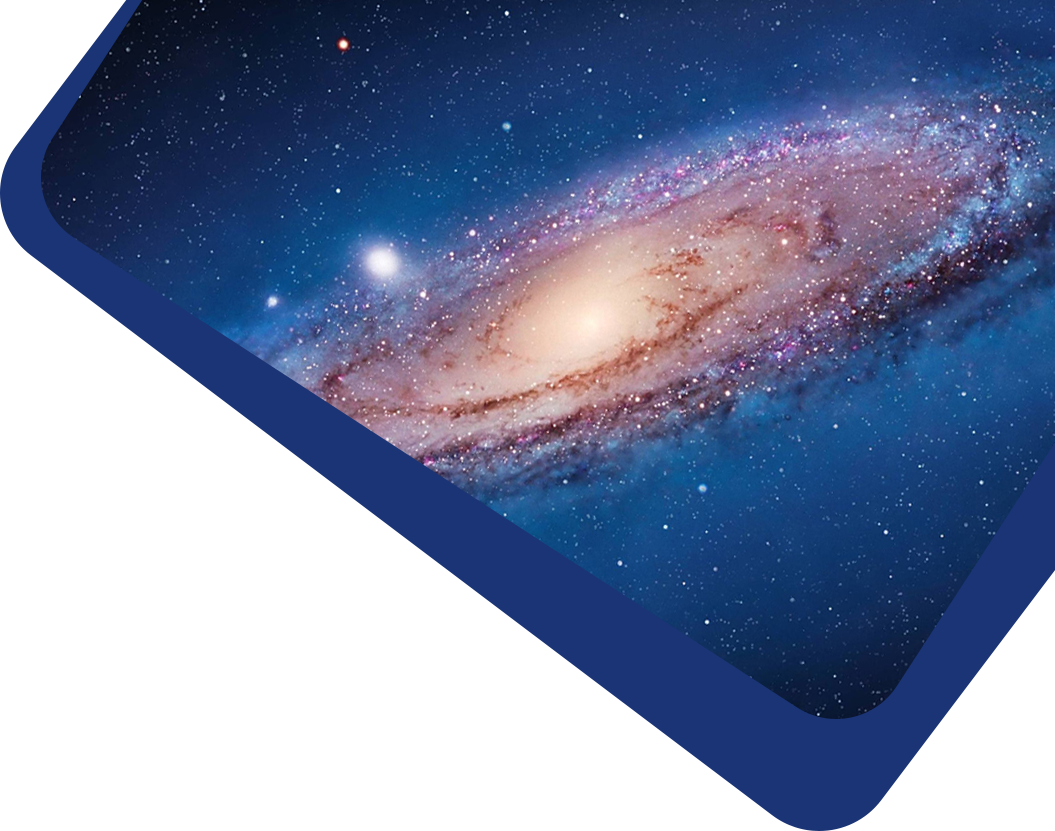

Abstract We calculate the mass-radius relationship of quark stars with the magnetized density-dependent quark mass model in this work, considering two magnetic field geometries: a statistically isotropic, tangled field and a force-free configuration. In both cases, magnetic field production decreases in the case of maximum quark star mass. Furthermore, a tangled, isotropic magnetic field has a relatively smaller impact on the mass and radius, compared to the force-free configuration, which implies that the geometry of the interior magnetic field is at least as important as the field strength itself when the influence of the strong magnetic field on the mass and radius is assessed.
Keywords stars: neutron — equation of state — magnetic fields
It accepts original submissions from all over the world and is internationally published and distributed by IOP